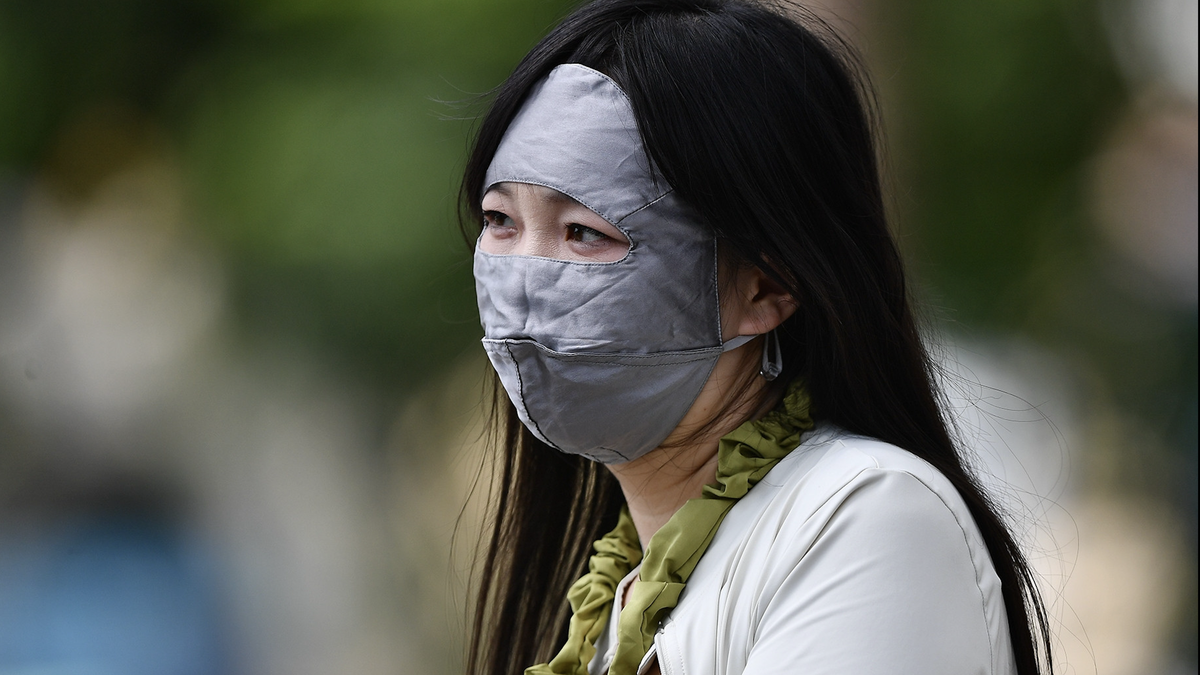
5 common types of eye infections
Dr Navya C said that during the rainy season, the increased humidity in the environment creates ideal conditions for many eye infections to develop. These can be uncomfortable and, if left untreated, can lead to more serious complications.
Viral conjunctivitis (pink eye): This infection is contagious and causes red, itchy, watery eyes and a gritty feeling in the eyes. It is spread through direct contact with an infected person or a contaminated environment.
Bacterial conjunctivitis: Has similar symptoms to viral conjunctivitis, but is caused by bacteria. It is usually characterized by thick, yellow discharge and may require treatment with antibiotics.
Stye: A red, painful lump on the eyelid caused by a bacterial infection of an oil gland. It can cause swelling, pain, and blurred vision if it grows large enough.
Fungal keratitis: This type of corneal infection is caused by a fungus. It can cause pain, redness, blurred vision, sensitivity to light, and discharge. Contact lens wearers are especially susceptible.
Dry eyes: Although not a serious infection, increased humidity during the monsoon season can aggravate dry eye symptoms. This happens because humidity hinders tear evaporation, resulting in a layer of water on the eye that evaporates quickly, causing the eye surface to dry out.
Distinguishing between mild eye irritation and serious eye infection
Mild irritation typically includes mild redness, itching, and watery eyes, according to Dr. Navya C. Symptoms usually clear up within a few days with over-the-counter eye drops or a warm compress.
In cases of severe eye infections, severe pain, sensitivity to light, blurred or reduced vision, and thick or colored discharge are warning signs.
“Seek immediate medical attention if you experience these symptoms. Delaying treatment can lead to complications such as corneal damage or vision loss,” warns Navya C.
If you are unsure, err on the side of caution and consult an ophthalmologist. They can accurately diagnose the condition and recommend appropriate treatment.
Prevention
Hand hygiene: Wash your hands often with soap and water, especially before touching your eyes. Avoid rubbing your eyes to prevent spreading bacteria.
Avoid sharing: Do not share towels, handkerchiefs, or eye makeup with others. These items can easily harbor and transmit pathogens.
Sanitize your living space: Keep your surroundings clean, especially surfaces that come into contact with your face. Regularly disinfect frequently touched objects like doorknobs and phone screens.
Contact Lens Care: If you wear contact lenses, follow strict hygiene practices. Clean and disinfect your contact lenses as directed and consider switching to daily disposable contact lenses to reduce the risk of contamination.
Source: https://laodong.vn/suc-khoe/5-loai-nhiem-trung-mat-pho-bien-ma-ban-nen-biet-1368452.ldo






















































![[Maritime News] Two Evergreen ships in a row: More than 50 containers fell into the sea](https://vphoto.vietnam.vn/thumb/402x226/vietnam/resource/IMAGE/2025/8/4/7c4aab5ced9d4b0e893092ffc2be8327)












































Comment (0)